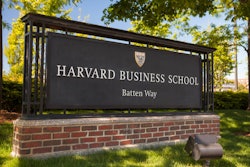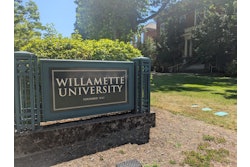 Dr. Anjali Arondekar, associate professor of feminist studies and co-director of the Center for South Asian Studies at the University of California, Santa CruzNani Sahra Walker
Dr. Anjali Arondekar, associate professor of feminist studies and co-director of the Center for South Asian Studies at the University of California, Santa CruzNani Sahra Walker
“The first thing to note is caste discrimination is not a new thing in the U.S. nor in South Asia,” said Dr. Anjali Arondekar, an associate professor of feminist studies and co-director of the Center for South Asian Studies at the University of California, Santa Cruz (UCSC). “It’s a structural form of labor segmentation that is passed down over generations.”
Arondekar, a scholar from a caste-oppressed community among the South Asian diaspora, said Dalit and Bahujan are the preferred terms of many in that community. Throughout her higher education career in the U.S. for about 35 years, Arondekar said she, like many, has experienced caste-based discrimination without fully having the language for it to be recognized on campus.
“But the primary energy of these movements to acknowledge caste on campus is coming from students,” she noted. “I think the gathering of youth becoming more involved, particularly in California, has created the perfect blend of activism and structural change at this moment.”
She explained, however, that some critics argue calling out caste can be Hindu-phobic or narrowly focused on India. Yet Arondekar pointed out that caste-based discrimination is geopolitically and religiously diverse. There are Dalit Muslims and Dalit Christians, as well as Dalit people from Nepal and Sri Lanka, not only India.
Prem Pariyar, the CSU graduate and activist who led CSU’s push to acknowledge caste, is a Dalit from Nepal who came to the U.S. for his degree, for instance. He has spoken often publicly about his experiences with caste-based discrimination in the Bay Area and as a CSU student. Diverse reached out to Pariyar for comment, though he was not available in time.
“We pride ourselves at CSU on the idea of inclusive excellence,” said Michael Uhlenkamp, senior director of public affairs at CSU. “Including caste parenthetically in our policy reflects the aspirations that we hold as a university in our commitment to inclusivity and respect.”
















